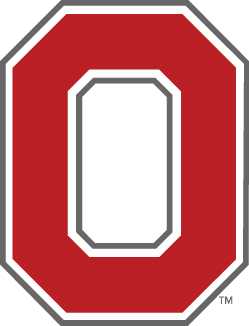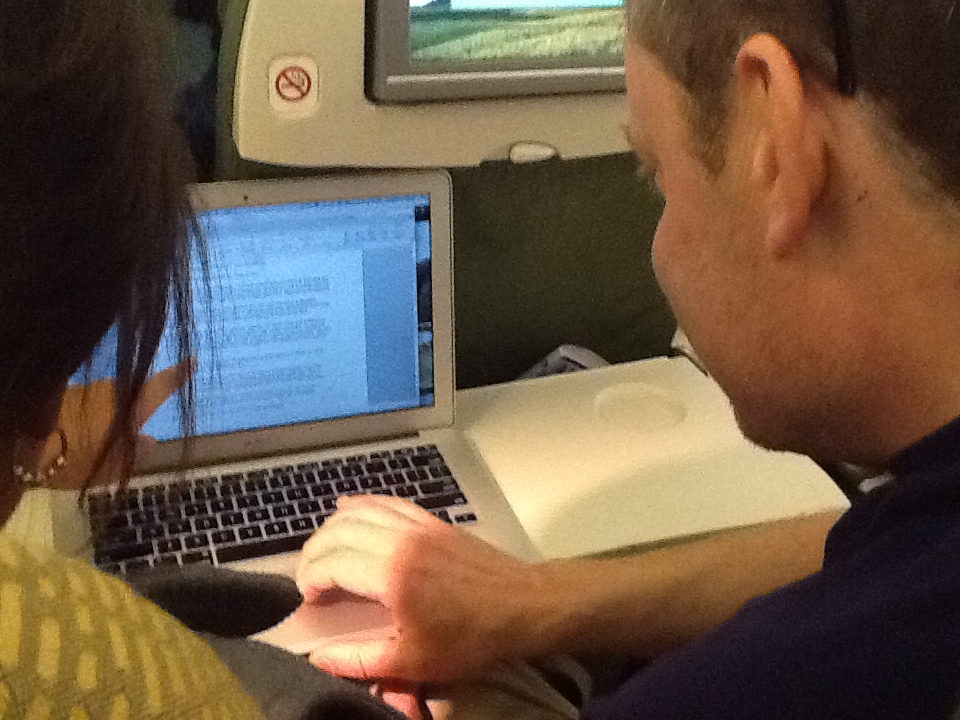By Timothy Landers, RN, PhD
Ohio State College of Nursing
I have never been prouder to be a Buckeye. Over the past two weeks, I’ve dealt with internet issues, minor illnesses, unusual foods, a language I didn’t understand, and complex, challenging research problems.
But, I didn’t do it alone. These glitches have shown me the strength of Ohio State.
It’s very clear that Ohio State has great standing and respect in Gondar. I can not count the number of times that people referred to “Dr. Wondwossen” or “The Famous Thomas Wittum.” These are colleagues whom I have also known and respected for years.
Internet issues have given me challenges getting some articles I needed for my work here. An email to the College of Nursing education guru Linda Daley, and to our amazing student worker Gabby, and I had a nice starting bibliography.
Some minor health issues were easy to address thanks to good planning and lessons from Diane Orlov at the College of Medicine’s Travel/ID clinic.
Our cultural ambassador, professional colleague, translator, psychotherapist, and friend this week has been Baye Molla from the College of Veterinary Medicine. There are so many examples of him making sure we were comfortable and had what we needed – offering soup to one of my colleagues when she was sick, going out to find the “Scotch tape” (pronounced the same in Amharic!) at 11:00 p.m., negotiating a non-tourist taxi rate, or helping me order dinner for the tenth time. In the end, I settled on ordering last and saying, “the same as Baye.”
I know Baye misses his family and he is looking forward to having his daughter pick him up at the airport with her new driver’s license. Even still, he spent hours and hours with us demonstrating the Ethiopian friendship hug, explaining that “it’s possible” means “maybe,” taking troublesome faculty to a tej (mead) bar, or guiding us through cultural nuances.
In our research methods course, I needed clinical examples that were relevant for the optometrists in the class. A couple of hours after an email to members of the Ohio State-Ethiopia team, Andrew Emch and Dean VanNasdale from the College of Optometry, I had a nice list of references to nominal, ordinal, and continuous variables to use during lecture. The optometrists in class were impressed that I knew so much about eyes. I don’t, but I got friends.
Another student from our One Health Institute is developing a research project on causes of coma in patients who present to the University of Gondar hospital. He said it would be nice to have a neurosurgeon review the protocol with him, but there is only one neurosurgeon in Ethiopia and he is 4 hours away. It just so happens that the Ohio State-Ethiopia team has our own neurosurgeon, Eric Sauvageau, and we arranged a consultation on this project when he is in Gondar next week.
I know that the efforts we make on behalf of team Ohio State aren’t always recognized immediately.
No one knew that one of the students on the Ohio State-Gondar rabies project is the daughter of a former professor of mine, Phil Binkley, who was very influential in shaping me as a researcher. When she arrived, my very small form of repayment to him was to tell his daughter to sit down with my laptop and email her father that she had arrived safely.
Throngs of eager students here in Gondar are awaiting lectures from The Famous Thomas Wittum – just as much as I looked forward to his lectures on “necessary” and “sufficient” causes when I was a doctoral student.
The research collaborations we’ve built the past few weeks were possible because of all the ground work and trust that has been built between these two Universities over the past several years.
Years of work by Gebreyes, his team, and support from the deans of the health sciences colleges have made this possible.
With the strength of the Ohio State-University of Gondar partnership, there are years of a fruitful and productive relationship to come!
I hope that some of the networking the College of Nursing team has been doing will be useful for researchers from Ohio State still to visit Gondar.
And for men like Baye Molla – who are compassionate and kind while they are challenging, effective teachers, there must be some special award.
I think Woody Hayes called, “Paying it Forward.” Thank you, team Buckeyes, for having paid it forward!










